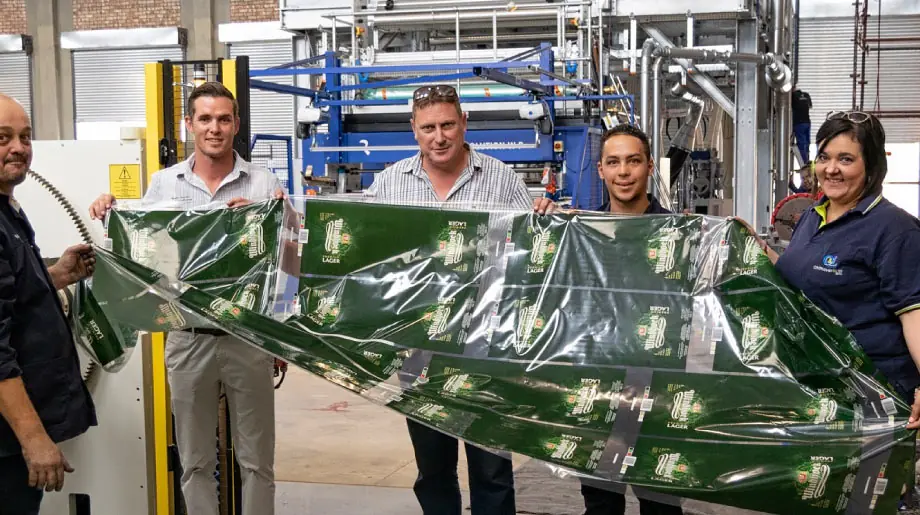First things first, you have to determine a market for what you want to manufacture. Without a market, you do not have a business. As a first time manufacturer, it is important to foremost consider Namibia’s small population size and geographic spread.
Once you have identified a niche market and are committed to entering into manufacturing, the basic factors to consider are seed capital, land, machinery, working capital, employees and a strong management. Factors to consider include the fact that most raw materials have to be imported. For example, Namibia imports 50 percent of maize, 85 percent of wheat, all of its sugar and rice.
Since technological equipment is key to a manufacturing plant, these often have to be sourced from South Africa or further abroad. The issue of skill shortages is real and hence manufacturing companies should be ready to spend additional costs on training and in most cases special skills especially for new start-up operations, which require expatriates.
Manufacturing plants face high utility costs on a daily basis. “Growth at Home” is a must for Namibia if the country is to eradicate unemployment.
The country simply cannot be or become a ‘trader’ by just importing and re-selling goods. It has to manufacture for internal consumption and export to neighbouring countries. Manufacturers must see to what extent they can utilise local raw materials and or import raw material and produce products to satisfy local demand.
Manufacturers should also strive to produce value added products. For example, pasta from wheat flour milled locally, or processed meat products, even for export.
Hartlief’s high quality products and Namibian brewed beer currently enjoy success in South Africa, Zambia, Angola, Botswana and other markets. Due to the negative factors impacting on the competitiveness of manufacturing in Namibia, government’s support in terms of infant industry protection and import control is very crucial for especially start-up operations.
